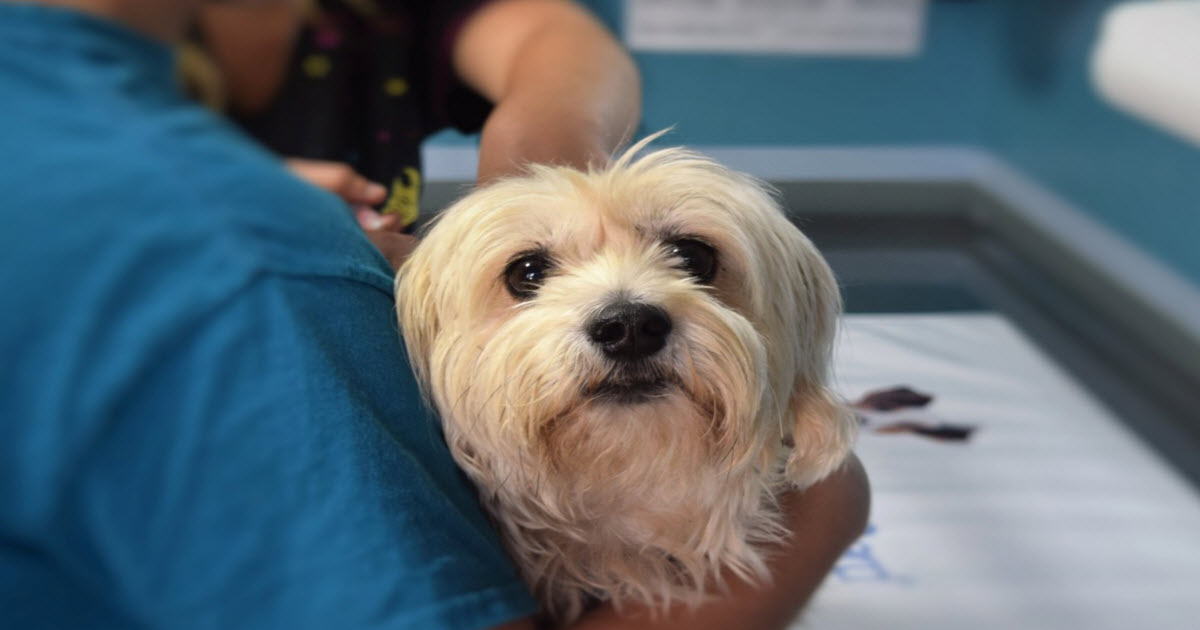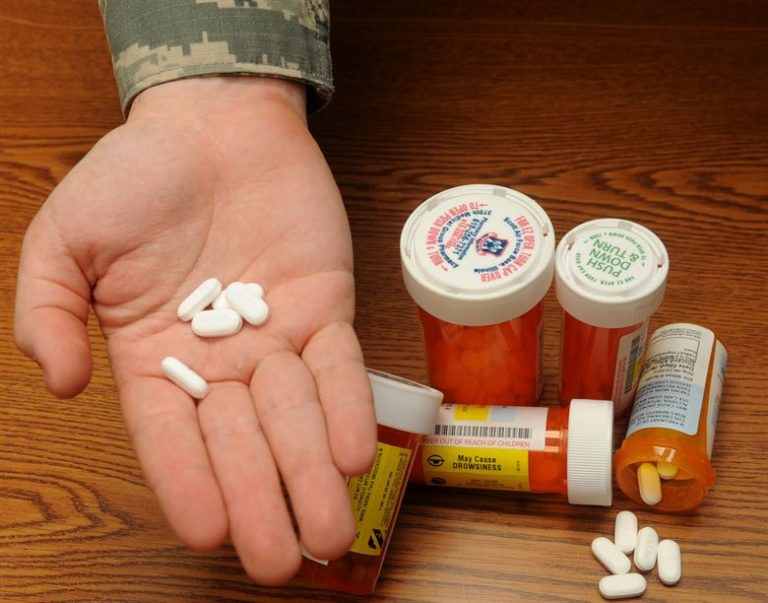The opioid epidemic sadly affects nearly everyone you meet. And now it’s affecting our furry friends as well. The US Food And Drug Administration has issued a warning about a new way people are getting their hands on pain medications: they’re using their pets to do so.
 Public Domain Pictures
Public Domain Pictures
Pets are susceptible. Without a voice of their own, animals are unwillingly participating in a crisis which results in over 1,000 emergency room visits and 115 deaths in the United States every day.
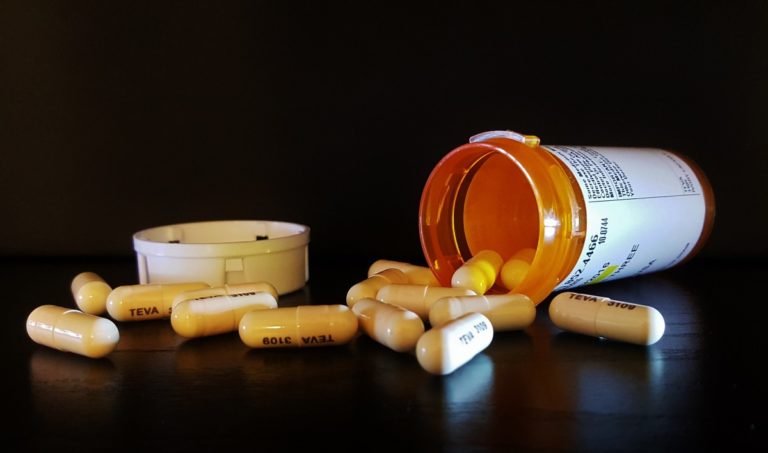 PxHere
PxHere
Veterinarians say that pet owners are even injuring their pets on purpose, bringing them to the vet’s office for pain prescriptions, then stealing the drugs for themselves.
Vets also report that pet owners are exaggerating or even fabricating their pet’s symptoms to receive medication.
FDA Commissioner Dr. Scott Gottlieb said this in the statement:
“We recognize that opioids and other pain medications have a legitimate and important role in treating pain in animals — just as they do for people.”
“But just like the opioid medications used in humans, these drugs have potentially serious risks, not just for the animal patients, but also because of their potential to lead to addiction, abuse and overdose in humans who may divert them for their own use.”
The FDA has developed a resource guide that will help veterinarians prescribe opioids more responsibly. Gottlieb admits the lack of information may be the crux of the problem. The resource guide outlines both state and federal drug regulations, ways to identify if a human client may be abusing opioids themselves and how to take appropriate action, as well as ways to safeguard and store drugs on the premises to prevent theft.
This problem isn’t just about stealing meds from pets. According to a paper recently published in the American Journal of Public Health, 13% of 189 veterinarians in Colorado who completed an online survey were “aware that an animal owner had intentionally made an animal ill, injured an animal, or made an animal seem ill or injured to obtain opioid medications.”
Horrible.
 GoodFreePhotos
GoodFreePhotos
“I was thrilled to see the FDA commissioner make a statement that not only validated our findings but also demonstrates why research is so important for good policy,” said Liliana Tenney, who was a co-author of the paper.
“This is significant for two reasons. These providers want to ensure the treatment of pets,” Tenney said. “If this is truly the case and pet owners are intentionally harming animals, that’s an animal rights issue. If opioids are being prescribed and aren’t getting to the pets that need them because these drugs are being diverted, that’s a public health issue.”
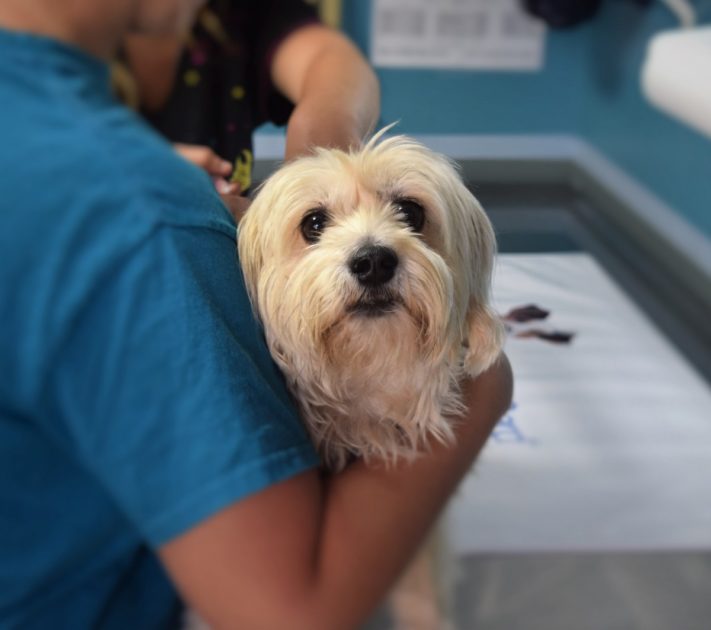 PxHere
PxHere
The online survey additionally showed that 44% of the veterinarians suspected opioid abuse or misuse by human clients OR a veterinary staff member. 62% of the veterinarians felt they could have potentially prevented opioid abuse or misuse but were lacking the information and resources to do so.
American Veterinary Medical Association (AVMA) spokesman Michael San Filippo in an issued statement said:
“Though our animal patients are not the ones struggling with opioid addiction, concerns about misuse and diversion are top-of-mind for the veterinary profession, and the AVMA is actively involved in providing resources to practitioners describing alternative ways to treat pain and minimize opioid use.”
Gottlieb adds, “Working together, I believe that we can make progress in preventing new cases of addiction while ensuring appropriate and rational prescribing of opioids for human and animal patients with medical need.”
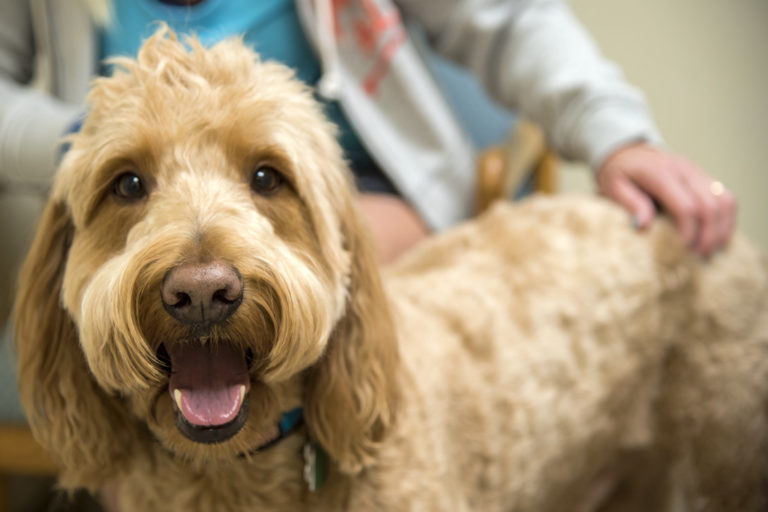 Nellis Airforce Base
Nellis Airforce Base

